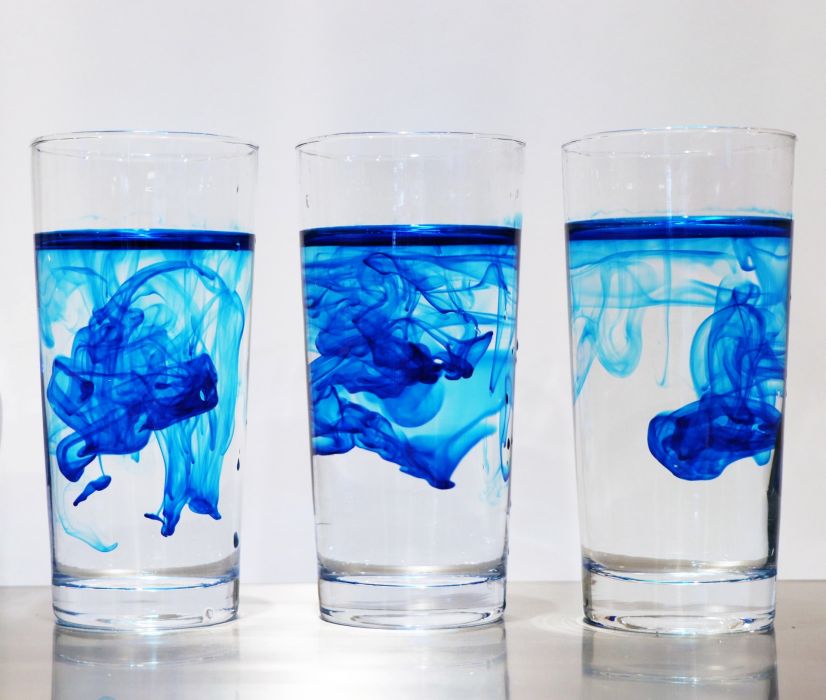
On August 19, 2020, the Patent Trial and Appeal Board (“Board”) issued a decision in Ex parte Boutillier (Appeal No. 2020-000348) reversing an Examiner’s obviousness rejection for failing to establish that the prior art inherently taught a claimed property.
The independent claim in Boutillier required a composition that included an elastomeric phase formed of a block copolymer, where the block copolymer had “a water solubility of less than 0.5 g/l.”
The prior art cited by the Examiner disclosed water soluble block copolymers that could be formed from the same monomers and in the same proportions recited in the Applicant’s dependent claims (e.g., acrylic and/or methacrylic monomers). Although the prior art did not disclose the water solubility of the block copolymer, the Examiner reasoned that “[the] instantly claimed water solubility can be made from the disclosure of [the prior art]” because the copolymer of the prior art “can include the same monomers as instantly claimed, within the same weight ranges as instantly claimed.”
The Applicant disagreed with the Examiner’s reasoning because the block copolymers of the prior art were characterized as being water soluble, and thus, would not be expected to have a water solubility less than 0.5 g/l.
The Board sided with the Applicant. The Board found that even though it was undisputed that the prior art taught block copolymers that could be prepared from the same monomers claimed by the Applicant, the prior art expressly taught its block copolymers were water soluble. The mere fact that it might be possible to prepare a block copolymer with a water solubility of less than 0.5 g/l with the monomers disclosed in the prior art was insufficient to establish the inherency of this feature.
The Board emphasized that the “very essence of inherency is that one of ordinary skill in the art would recognize that a reference unavoidably teaches the property in question.” Agilent Technologies, Inc. v. Affymetrix, Inc., 567 F.3d 1366, 1383 (Fed. Cir. 2009). And, in this case, the water solubility of less than 0.5 g/l was not “unavoidable or the natural result following [the prior art’s] teaching.”
Takeaway: Examiners often rely on the rationale that “if the prior art teaches the identical chemical structure, the properties applicant discloses and/or claims are necessarily present.” In re Spada 911 F.2d 705 (Fed. Cir. 1990). However, this rationale breaks down in two situations. The first is where there is a broader teaching in the prior art, as in this case, that suggests the property would not necessarily be present despite similarities in the chemical structures. The second is where there is a generic disclosure in the prior art that encompasses–but does not specifically teach–the identical structure claimed. In this situation, a presumption of inherency can be rebutted by showing that one or more species falling within the generic disclosure do not exhibit the claimed property.
Judges: E. Grimes, F. Prats, L. Ren
by Beau Burton
Beau B. Burton, Ph.D., was a founding partner of Element IP. His practice focused on patent procurement, post-grant proceedings, including inter partes reviews (IPRs) and ex parte re-examination, and patent validity and infringement opinions.
